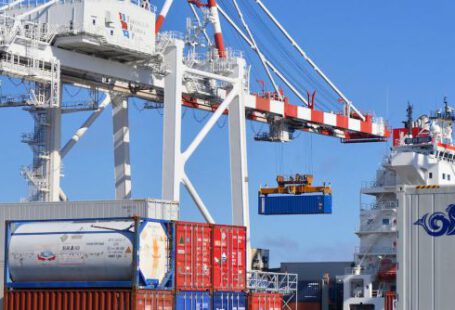Concrete pumping is an increasingly popular method of delivering concrete to job sites. It is fast, reliable, and cost-effective, and can help improve construction efficiency. In this article, we will explore why concrete pumping is beneficial, the different types of concrete pumps available, and how they can be used to improve efficiency on a construction project.
Benefits of Concrete Pumping
Concrete pumping offers a number of advantages over traditional methods of concrete delivery. It is faster and more efficient, allowing for large volumes of concrete to be delivered quickly and accurately. It also eliminates the need for manual labor, as the pump operator is able to control the flow and pressure of the concrete from a distance. This reduces the risk of spillage, as the operator can make any necessary adjustments to avoid any waste. Additionally, concrete pumping is safer, as it eliminates the need for workers to be in close proximity to heavy machinery.
Types of Concrete Pumps
There are a number of different types of concrete pumps available on the market. The most common type is the boom pump, which uses a telescoping boom to extend the pump’s reach up to a height of 150 feet. This is ideal for large construction projects, as it can deliver concrete to high places without the need for scaffolding or manual labor. Other types of concrete pumps include line pumps, trailer pumps, and truck-mounted pumps. Each type of pump has its own advantages and disadvantages, so it is important to research which one is best suited for your project.
How Concrete Pumps Can Improve Efficiency
Using concrete pumps can help improve efficiency on a construction project in a number of ways. For starters, they can reduce the amount of time needed for concrete delivery, as they can deliver large volumes of concrete quickly and accurately. This can help to expedite the construction process and reduce the risk of delays. Additionally, they can reduce the amount of manual labor required, as the pump operator can control the flow and pressure from a distance. This eliminates the need for workers to be in close proximity to heavy machinery, and can also minimize the risk of spillage.
Conclusion
Concrete pumping is a fast, reliable, and cost-effective method of delivering concrete to job sites. It can reduce the amount of time needed for delivery, eliminate the need for manual labor, and reduce the risk of spillage. There are a number of different types of concrete pumps available, and each one has its own advantages and disadvantages. By understanding the benefits of concrete pumping and choosing the right type of pump for your project, you can improve efficiency and ensure a successful construction project.






